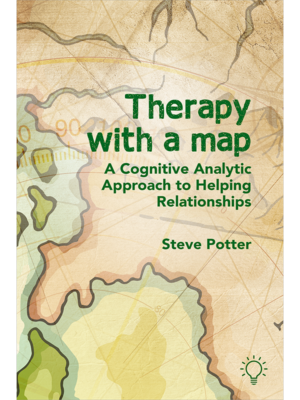Description
The book describes how the Holistic Cognitive Behaviour Therapy (HCBT) model grew from patients bringing their spiritual beliefs and their socio-economic and cultural context into CBT sessions, factors sometimes missed in standard CBT. Holistic CBT is explained as a new strengths-based, solution-focused and creative model, exploring people’s identity and potential within their individual context, and recognising a body-mind-spirit link. The book sets out the process of this transpersonal, third wave CBT approach, recognising the importance of relating to different racial and cultural worldviews, and in particular, raising the profile of spirituality as an important aspect of people’s lives. An excellent reader for those looking to extend their therapeutic practice in mental health, community and faith settings. A companion course manual ‘Free to be Me’ by the same author provides guidance and resources for running HCBT sessions with individuals and groups.
Authors
Dr Hilary Garraway is an experienced consultant clinical psychologist with over thirty years of therapy experience in various settings. She is currently the Enfield Adult Psychology lead in Barnet, Enfield and Haringey Mental Health Trust. Previously, Hilary specialised in Early Intervention in Psychosis helping to establish the Barking and Dagenham team and then moving on to work in Waltham Forest and then Enfield EIS teams, as well as having a successful private practice. Hilary has trained as an adult education teacher and is a BABCP accredited CBT therapist, trainer and supervisor. Hilary is an honorary lecturer with UCL, Kings College London and Hertfordshire University and teaches on spirituality and psychology, psychosis and CBT. She is a trustee of the Whole Person Health Trust which seeks to promote a more holistic approach to medical care. She is trained as a spiritual director and has an interest in contemplative spirituality, as well as in creative and therapeutic writing.
Contents
Brief Table of Contents
Introduction
Chapter 1 – An Holistic approach to CBT
Chapter 2 – The holistic CBT model
Chapter 3- Our human spirit
Chapter 4- The HCBT developmental model
Chapter 5- HCBT as an individual therapy
Chapter 6 – The process of HCBT
Epilogue
Details
Publisher: Pavilion Publishing and Media Ltd
Publication Date: 12th July 2021
ISBN No: 978-1-914010-60-6










Roger Bretherton | BACIP President –
Sahar Beg | MindWorks UK –
Jodie Wozencroft-Reay | House of Healing CBT –